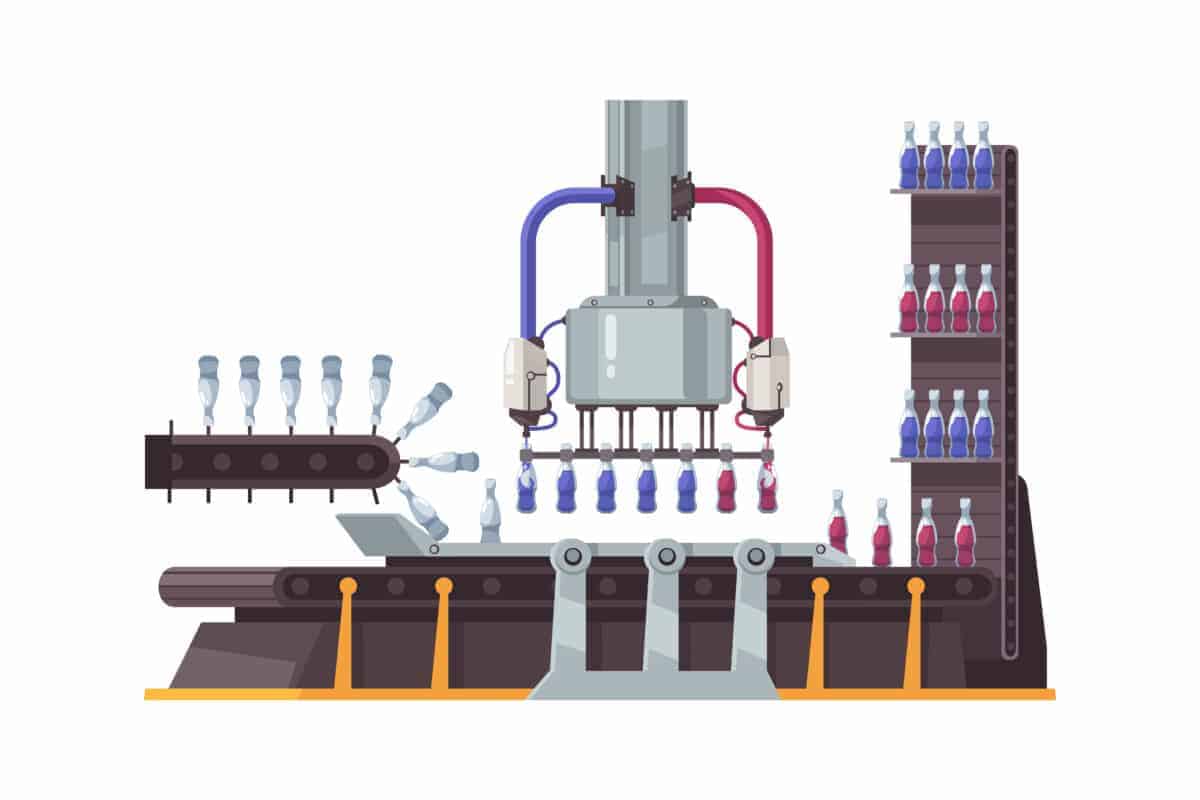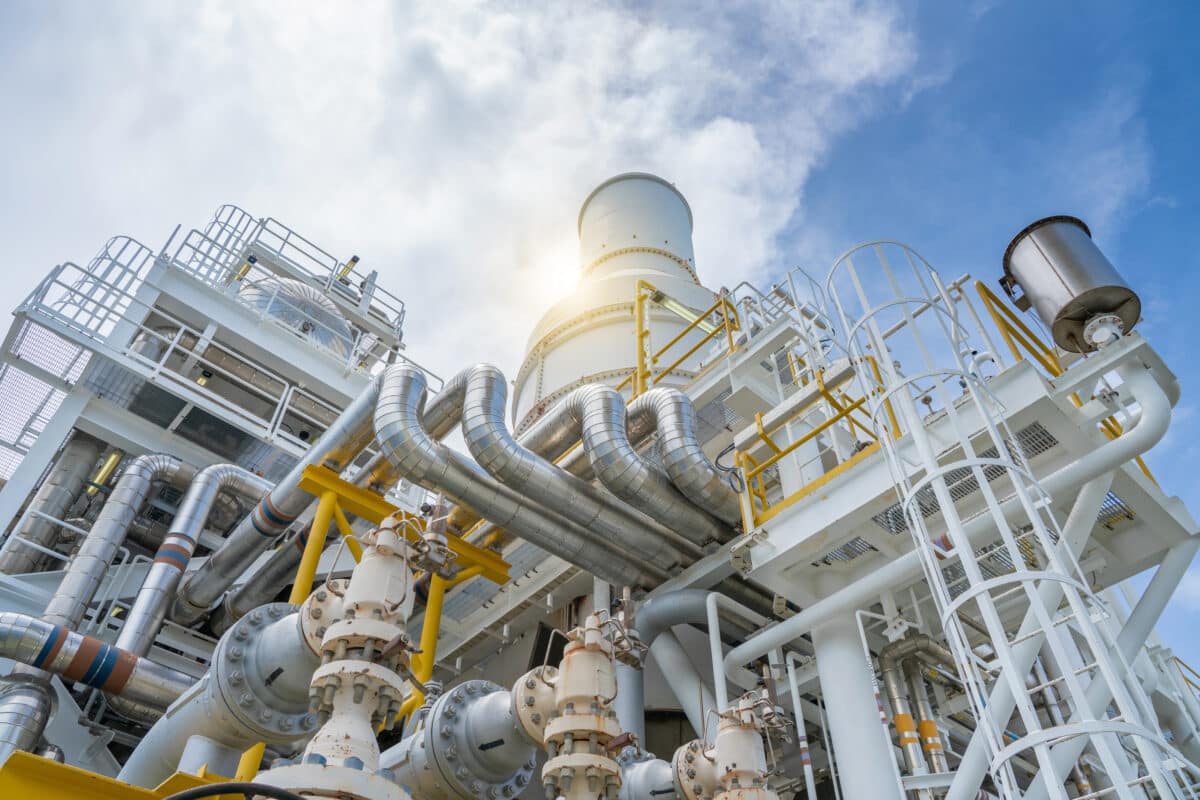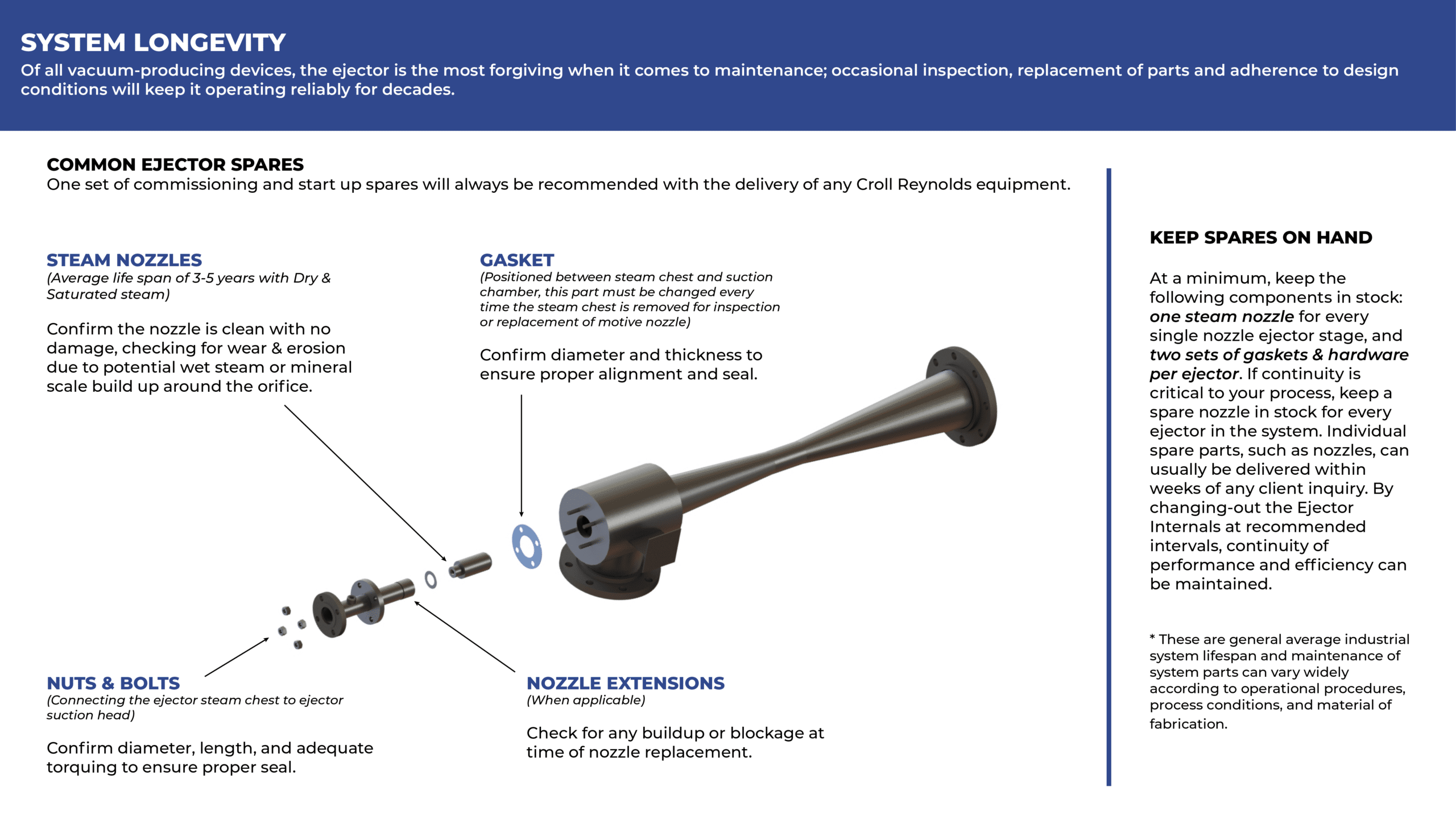
What is a steam ejector? How does it work? In this blog post, we will answer all of your questions about steam ejectors! We will discuss the function of an ejector, the parts that make it up, and how it creates a vacuum. By the end of this article, you will have a clear understanding of how these devices operate and why they are so important in industries across the globe.
What is the function of a steam ejector?
Put simply, steam ejectors are used to create a vacuum within a system. This is done by injecting steam into the system at a high pressure and velocity, which causes the air or other gases inside to be expelled from the system at a high velocity as well. The result of this process is that it creates an area of low pressure inside the system, creating a vacuum.
The steam used in ejectors is usually very hot, so it is important that the material of construction on the outside can withstand these temperatures. This material is usually metal, such as stainless steel or copper. The internals of the device are also typically made from metal to ensure durability and reliability when in operation.
What are the parts of an ejector?
A steam ejector consists of four main components: the nozzle, diffuser, mixing chamber, and receiver. The nozzle is where steam enters the system at high pressure. The diffuser then transitions this energy from the nozzle into the mixing chamber. In the mixing chamber, the steam and the atmosphere inside of the system mix, creating an area of low pressure. Finally, the receiver is where all of this air or other gases displaced from the system are expelled from it.
The valve in an ejector is also an important part of its operation. The valve controls the flow of steam through the device and helps to regulate the pressure difference between the inlet and exhaust. This allows for precise control over the vacuum created within the device, making it very useful in industrial applications.
Why are steam ejectors important in industries across the globe?
Steam ejectors are used in a variety of industrial processes, from vacuum packaging to chemical processing. They allow for precise control over the pressure and atmosphere within a system, which is essential for many different types of operations. Additionally, steam ejectors can also be used to create powerful vacuums in large areas, which would not be possible with traditional vacuum pumps. This makes them an invaluable tool for many industries around the world.
In the food and beverage industry, they are commonly used to create a vacuum seal around packages of products like chips or crackers to ensure that they stay fresh for longer periods of time.
In chemical production, they are used to create a safe environment for workers while processing dangerous chemicals or hazardous materials. They can also be used in vacuum packaging machines to quickly and efficiently seal bags of items such as food or medical supplies.
Finally, steam ejectors are frequently used in medical device manufacturing processes to maintain an optimal sterile environment during production.
In conclusion, steam ejectors are incredibly useful devices that have many applications across many industries. By understanding the basics of how they work, you can appreciate why they are so important and why they’re used in so many places. We hope that this guide has helped you understand their operation more clearly!
Thank you for reading!
Get in touch with us
Related Posts

Understand the Working Principle of a Steam Ejector or Injector System

How Steam Ejectors Work: The Ultimate Guide
About Us

Croll Reynolds Company, Inc. is a US-based engineering firm specializing in the design, and manufacture of process vacuum systems and related equipment.
